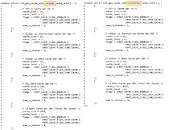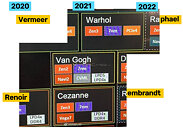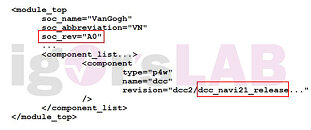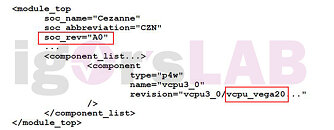
Steam Deck Officially Arrives on February 25th to First Customers
Valve's highly anticipated handheld gaming console, Steam Deck, officially arrives on February 25th. According to the newest information from Valve, the company plans to start sending our Steam Deck units to customers who first pre-ordered their units on February 25th, and the arrival time should be three days. That means that on February 28th, customers will have Steam Deck in their hands. Regarding press units for reviewers, the company has already started shipping review units to select media partners. The review embargo for Steam Deck is also set to February 25th, so that marks the date when we can see the full potential of AMD's custom Van Gogh SoC.
As a general reminder, the Van Gogh SoC features four Zen 2 cores with eight threads, running at a 3.5 GHz frequency. The graphics side is powered by eight RDNA2 CUs clocked at 1.6 GHz, meaning that the chip can support some decent handheld gaming. The base model starts at $399, while the top-end configuration costs up to $649, carrying more extensive memory/storage options.
As a general reminder, the Van Gogh SoC features four Zen 2 cores with eight threads, running at a 3.5 GHz frequency. The graphics side is powered by eight RDNA2 CUs clocked at 1.6 GHz, meaning that the chip can support some decent handheld gaming. The base model starts at $399, while the top-end configuration costs up to $649, carrying more extensive memory/storage options.








